 Be Inspired Blog - Arizona
Be Inspired Blog - Arizona

From Pickles to Preserves: How to Save Your Vegetable Harvest
As a gardener, nothing feels quite as satisfying as seeing all your hard work pay off with a productive garden full of fresh veggies. While you can eat this produce straight from the garden, the last thing you want is to let any of it go to waste. Thankfully, there are many great ways to save your vegetables to enjoy at a later date so that you have home-grown goodness available any time of the year.
How Do You Preserve Garden Vegetables?
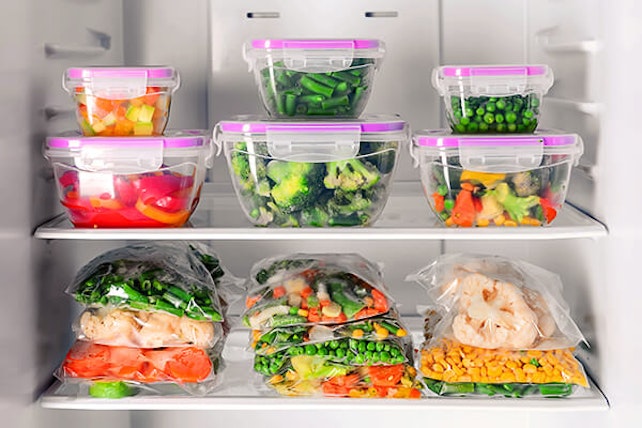
No matter the method you choose to preserve your harvest, make sure to pick the vegetables when they are at their peak freshness and handle them as little as possible — blemished or damaged vegetables won’t last very long, and if there are any signs of rot on stored produce, this can quickly spread.
Freezing Vegetables
Freezing vegetables can preserve them for up to six months, plus this method keeps the flavor well. You just need to make sure you blanch them before freezing, which helps preserve the nutrition, flavor, and color of the vegetables.
To blanch the vegetables, boil water in a large saucepan, and have an ice bath in a large bowl nearby. Using a mesh strainer, hold the vegetables in boiling water for one to two minutes. The vegetables should still be crisp, and their color should become a bit more intense. Remove the veggies from the boiling water, and place them in the ice bath. Let the veggies drip dry or shake them lightly to remove the excess water. Place in freezer bags, and put them in the freezer. Take them out whenever you need some extra veg in your meal!
Here are some of the best vegetables to preserve by freezing:
- Asparagus
- Beans
- Corn
- Onions
- Snap Peas
- Peppers
- Spinach
- Squash
- Tomatoes
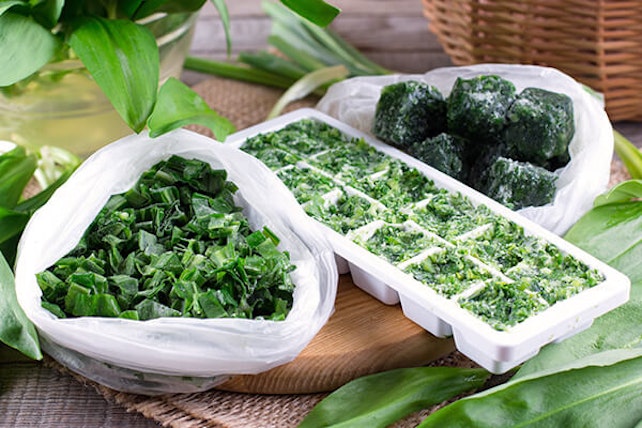
Herbs also keep well by freezing them. For the best flavor, place fresh herbs and two tablespoons of vegetable or olive oil into a food processor or small blender, and grind into a paste. Put this paste into an ice cube tray and freeze. When these cubes are frozen, pop them out and store in an airtight container in the freezer, and don’t forget to label the container! You can use these herb cubes in marinades, pastas, sauces, soups, stews, among other dishes. Herbs will taste fresh for up to three months if you freeze them using this method.
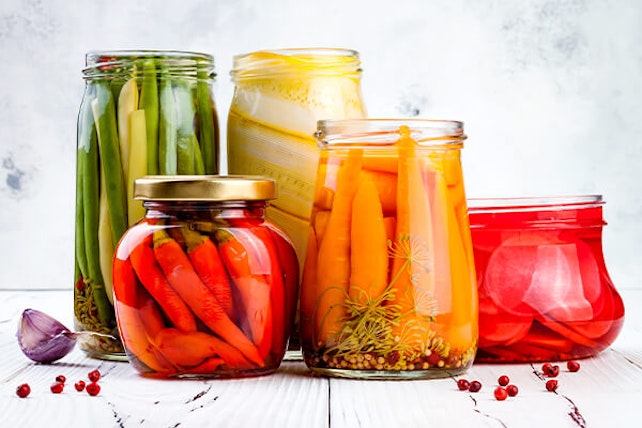
Pickling Vegetables
Pickling is one of the easiest methods to preserve vegetables, plus it adds a bit of a kick to your garden favorites.
A simple option is the “quick pickle” method. Place the veggies you want to pickle in sterile mason jars. To make the brine, bring the following ingredients to a boil: two cups of water, two cups of vinegar, two tablespoons of kosher salt, and three to six tablespoons of sugar (according to taste). Pour the brine into your veggie-filled jars, and let stand uncovered until cool, about two hours. Seal the jars and refrigerate. While the quick pickles will be ready in about eight hours, they taste even better after about a day. This method will keep your veggies fresh in the fridge for up to three weeks.
Here are some of the best vegetables to preserve by pickling:
- Asparagus
- Beans
- Beets
- Cabbage
- Carrots
- Cucumbers
- Peppers
- Snap Peas
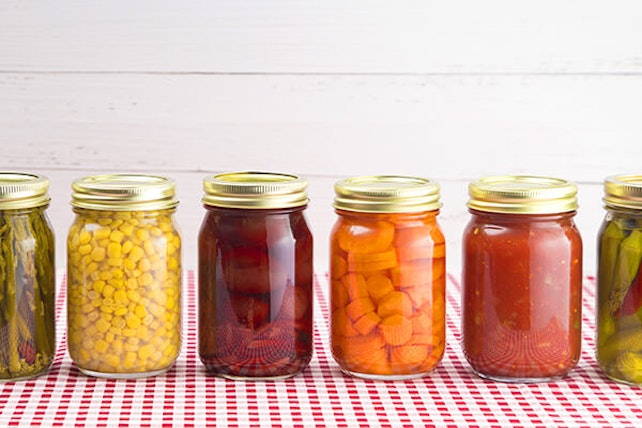
Canning Vegetables
Stock your pantry shelves with your go-to canned goods by making them yourself! Canning takes more time than freezing or pickling vegetables, but the payoff is big since you’ll make fewer trips to the grocery store.
This method requires a pressure canner, plus you’ll need sterile jars. Before canning, chop, and boil the vegetables for about five minutes to cook out any bacteria. Then when you’re ready to start canning, follow the pressure canner directions very carefully. Canning creates an environment bacteria find inhospitable, and when done correctly, canned vegetables can last up to five years.
Think of all of the canned vegetables you usually see at the grocery store. This will give you an idea of what types of vegetables you’re able to can — really, most vegetables are suitable for canning!
Here are some of the best vegetables to preserve by canning:
- Asparagus
- Beans
- Beets
- Cabbage
- Carrots
- Corn
- Peas
- Peppers
- Potatoes
- Tomatoes
- Squash
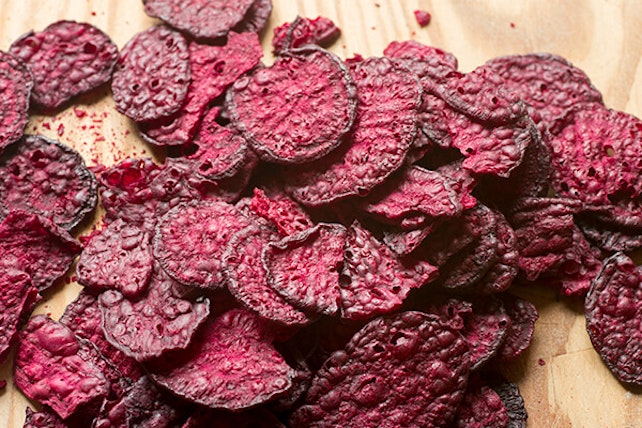
Dehydrating Vegetables
Dehydrating vegetables changes the taste of the produce a bit since you’re removing the water, but the end result is still tasty. There are different methods for drying food — you can use a dehydrator or an oven, or you can even air or sun dry the produce.
To prepare the produce, clean it well then pat dry with a towel. Cut away any parts you don’t want to dry (for example, the stems of herbs). You may want to cut some vegetables, like peppers and tomatoes, into slices. Blanch vegetables just like you would if you were freezing them. Then use your drying method of choice, whether that’s a dehydrator, an oven, air drying, or sun drying. The process varies in length, depending on the produce, but can take as long as 24 hours. After drying the produce, store in airtight containers at room temperature. Dried produce can last five years or even longer. Some dried veggies can be thrown directly into recipes like soups and stews, while others (like beans) should be rehydrated before use.
Here are some of the best vegetables to preserve by dehydrating:
- Beans
- Beets
- Celery
- Corn
- Herbs
- Onions
- Potatoes
- Snap Peas
- Turnips
Now is the time to start figuring out what to do with this season’s harvest from your Arizona garden and to even start planning how much to grow (and preserve!) in your fall edible garden. By preserving garden vegetables now, you’ll have produce at the ready all year round!

